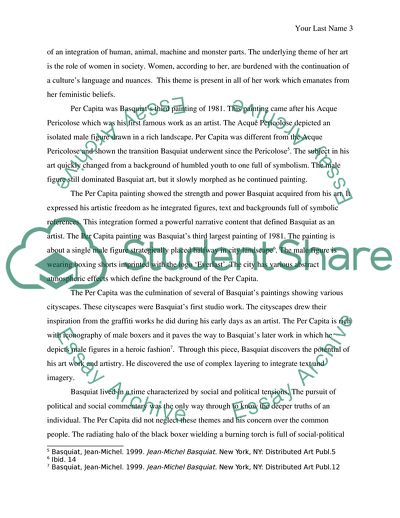Cite this document
(Comparison of Two Masterpiece Works of Last Century Essay Example | Topics and Well Written Essays - 1500 words - 1, n.d.)
Comparison of Two Masterpiece Works of Last Century Essay Example | Topics and Well Written Essays - 1500 words - 1. https://studentshare.org/visual-arts-film-studies/1822042-art-history-since-1945
Comparison of Two Masterpiece Works of Last Century Essay Example | Topics and Well Written Essays - 1500 words - 1. https://studentshare.org/visual-arts-film-studies/1822042-art-history-since-1945
(Comparison of Two Masterpiece Works of Last Century Essay Example | Topics and Well Written Essays - 1500 Words - 1)
Comparison of Two Masterpiece Works of Last Century Essay Example | Topics and Well Written Essays - 1500 Words - 1. https://studentshare.org/visual-arts-film-studies/1822042-art-history-since-1945.
Comparison of Two Masterpiece Works of Last Century Essay Example | Topics and Well Written Essays - 1500 Words - 1. https://studentshare.org/visual-arts-film-studies/1822042-art-history-since-1945.
“Comparison of Two Masterpiece Works of Last Century Essay Example | Topics and Well Written Essays - 1500 Words - 1”. https://studentshare.org/visual-arts-film-studies/1822042-art-history-since-1945.


